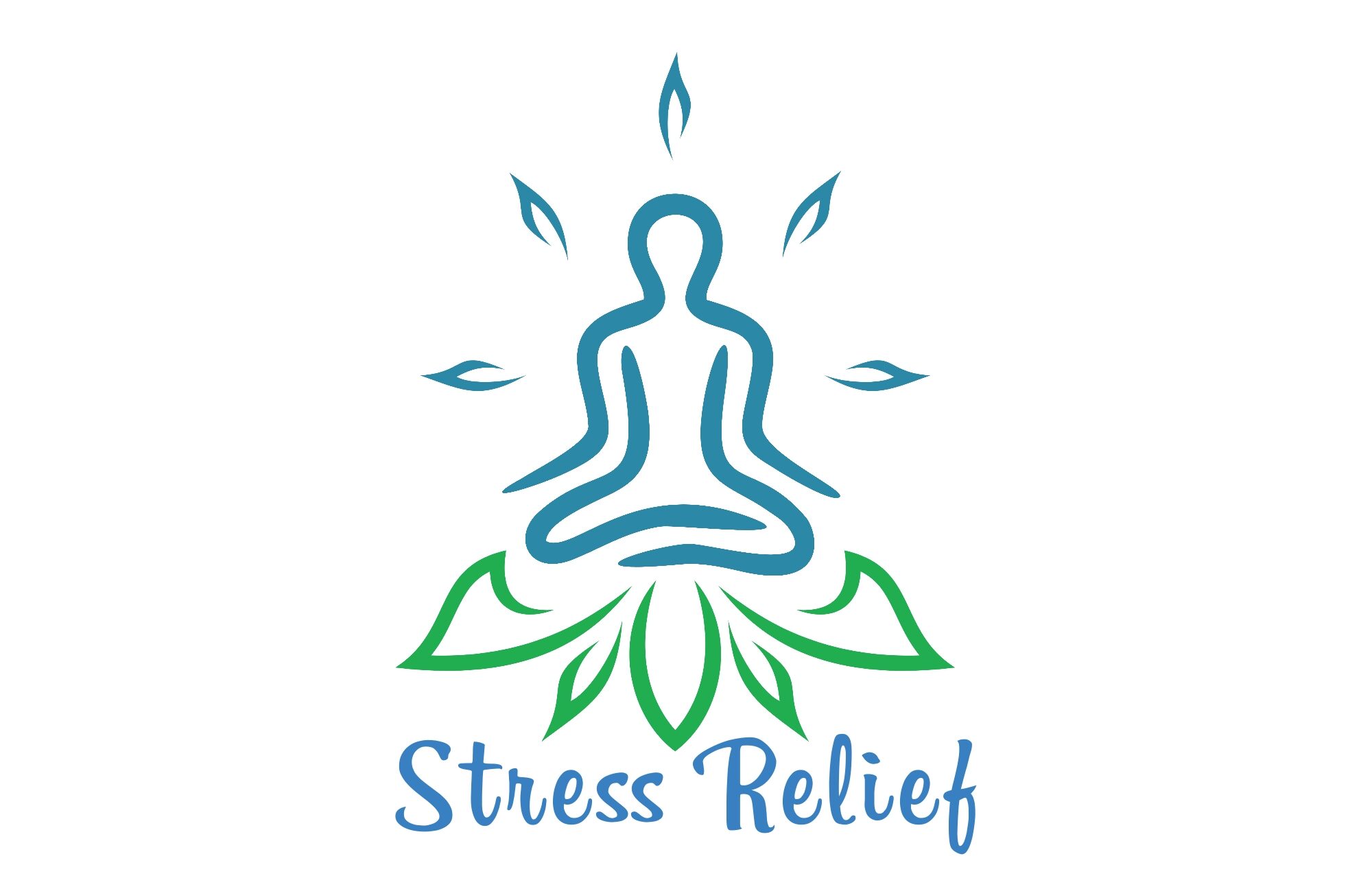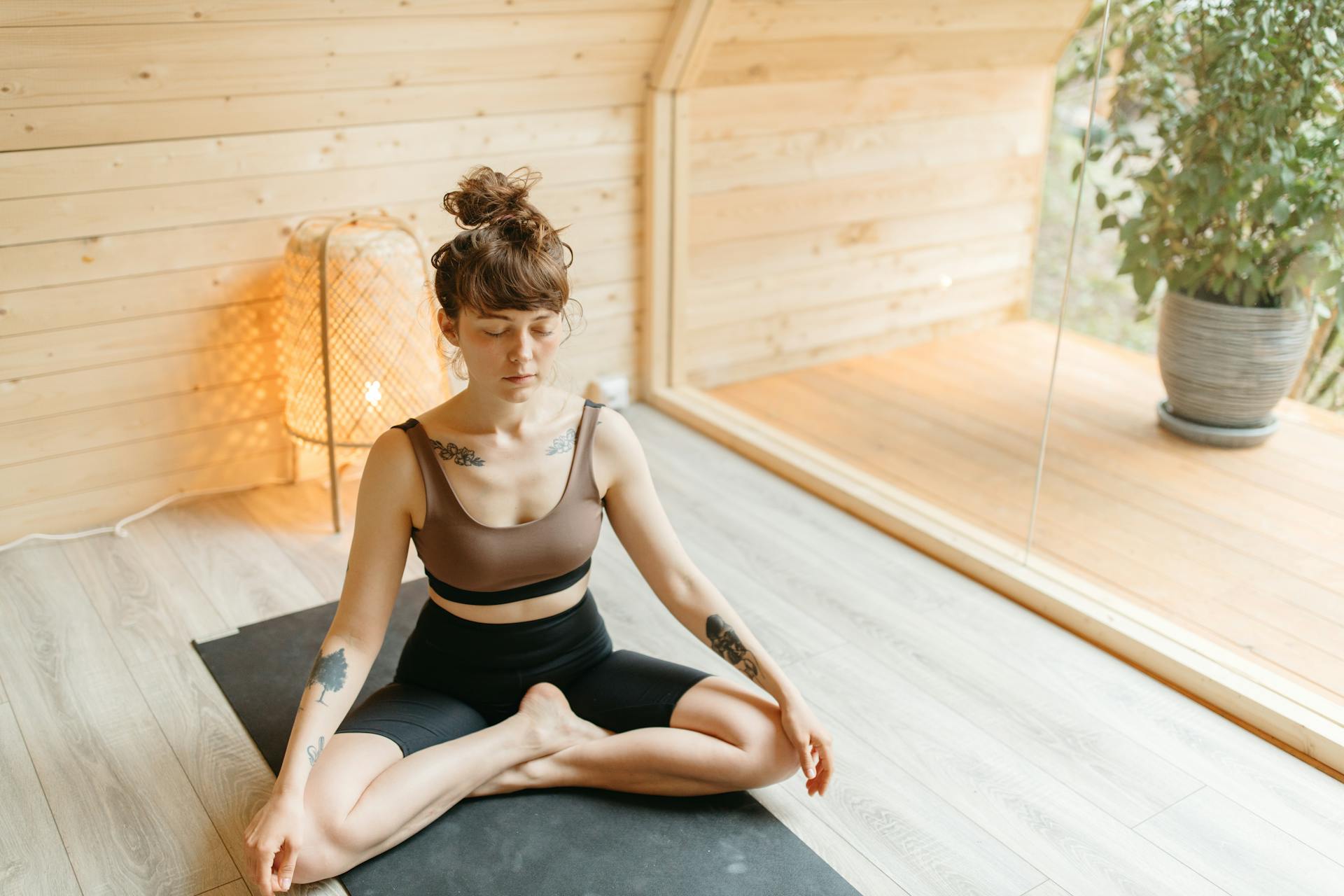Introduction:
In today’s fast-paced and demanding world, stress has become an ever-present feature of our lives. The detrimental effects of stress on our overall well-being are well-documented, but the good news is that we have powerful tools at our disposal to combat its negative impact. Breathwork and visualization techniques have emerged as highly effective strategies for stress reduction. In this article we will learn about breathwork and visualization for stress reduction. By understanding the science behind stress and exploring these powerful techniques, we can unlock the potential to lead healthier, happier lives.
I. The Science Behind Stress Reduction
To truly appreciate the transformative power of breathwork and visualization, it’s essential to grasp the physiological and psychological underpinnings of stress.

A. The Physiology of Stress
At the heart of the stress response is the autonomic nervous system, which consists of the sympathetic and parasympathetic systems. When we encounter a stressful situation, the sympathetic nervous system kicks in, prompting the “fight-or-flight” response. This triggers a cascade of chemical reactions in the body, including the release of stress hormones like cortisol. Prolonged exposure to stress can lead to chronic activation of the stress response, resulting in a range of physical and emotional health issues.
B. The Mind-Body Connection
Beyond the physiological aspects, stress also affects our mental and emotional well-being. The mind-body connection highlights the bidirectional influence between our thoughts, emotions, and physical state. Negative thoughts and emotions can manifest as physical symptoms, while physical ailments can impact our mental health. Recognizing and harnessing the power of mindfulness in stress reduction plays a crucial role in achieving overall well-being.
II. Understanding Breathwork Techniques
Breathing is an involuntary action that we often take for granted, but by turning it into a conscious practice, we can unlock its incredible potential for relaxation and stress reduction.
A. Breathing as a Tool for Relaxation
Conscious breathing is fundamental to activating the relaxation response in our bodies. By bringing awareness to our breath, we can tap into a state of calm and present-moment awareness. Deep breathing techniques, such as diaphragmatic breathing and square breathing, help regulate our heart rate and lower blood pressure, promoting a sense of tranquility.
B. Pranayama: Ancient Breathwork Practices

Pranayama, a foundational aspect of yoga, offers a wealth of breathwork practices that have stood the test of time. Steeped in ancient wisdom, pranayama techniques like Nadi Shodhana (alternate nostril breathing) and Ujjayi (victorious breath) can significantly enhance our ability to manage stress. Regular practice of pranayama not only promotes relaxation but also improves lung function and boosts overall vitality.
C. Breath Control in Stressful Situations
Breathwork becomes even more crucial in moments of heightened stress and anxiety. Utilizing controlled breathing techniques, such as Equal Breathing and 4-7-8 breathing, allows us to regain control over our physical and emotional state. These techniques help to alleviate anxiety, restore emotional balance, and even promote better sleep by calming the mind and relaxing the body.
III. The Power of Visualization in Stress Reduction
Our minds possess a remarkable ability to craft imagery that can profoundly impact our well-being. Visualization, also known as mental imagery, harnesses this power to reduce stress and foster a sense of calm and resilience.
A. Understanding the Mind’s Eye
Visualization, in simple terms, involves creating vivid mental images in our “mind’s eye.” It taps into the brain’s capacity to translate these images into emotional and physical responses. The power of imagery lies in its ability to activate the same neural circuits as actual experiences, thus influencing our thoughts, emotions, and physiology.
B. Techniques for Effective Visualization

To make the most of visualization, it’s important to develop techniques that optimize its effectiveness. Creating a dedicated visualization space, whether real or imagined, can enhance the experience. Adding sensory details and evoking emotions while visualizing enhances the brain’s response. Guided visualization scripts and techniques, found in books or online resources, serve as valuable tools to guide and amplify the visualization process.
C. Visualization for Stressful Situations
In times of distress or challenging emotions, visualization offers an invaluable toolkit for self-soothing and emotional regulation. By visualizing a safe and tranquil space, we can find solace and refocus our attention away from stressors. Visualization also has the potential to improve performance and aid in managing stress in the realms of academics, workplace situations, and even athletic endeavors. Additionally, it can be a powerful tool for building resilience and practicing self-care.
IV. Integrating Breathwork and Visualization for Stress Reduction
The true power of breathwork and visualization lies in their synergy when combined. By incorporating both techniques, we can amplify their individual benefits and create a potent stress-reduction practice.
A. The Synergy of Breath and Visualization
Breathwork and visualization complement each other beautifully. While breathwork brings us into the present moment and induces relaxation, visualization deepens our ability to tap into our emotional landscape. By synergistically intertwining these techniques, we can foster a powerful mind-body connection.
B. Combining Techniques for Specific Stressors
Tailoring breathwork and visualization techniques to specific stressors is a key strategy for optimal stress reduction. By pinpointing the areas in our lives that cause the most stress, we can apply customized breathwork and visualization practices to address them effectively. Whether it’s daily stressors, workplace challenges, or healing from trauma, this integrated approach allows us to navigate stress with grace and resilience.
C. Establishing a Sustainable Practice

Incorporating breathwork and visualization into our daily routines is vital for achieving long-term stress reduction. While consistency can sometimes be challenging, integrating these practices into our existing rituals, such as morning or bedtime routines, can help cultivate a sustainable habit. Overcoming challenges and staying committed to the practice allows us to reap the numerous physical, mental, and emotional benefits over time.
Conclusion:
Breathwork and visualization techniques hold immense promise for reducing stress and improving overall well-being. By understanding the science behind stress, exploring various breathwork and visualization techniques, and integrating these practices into our daily lives, we can embark on a path toward a healthier, happier existence. Let us embrace the power of mindful breathing and the art of visualization, and discover a profound transformation within ourselves.
FAQs(Frequently Asked Questions)
- Can anyone practice breathwork and visualization techniques?
- Absolutely! Breathwork and visualization techniques are accessible to anyone, regardless of age or physical abilities. These practices offer a holistic means of managing stress and promoting well-being for everyone.
- Are there any potential side effects or precautions to consider?
- While breathwork and visualization are generally safe practices, it’s important to listen to your body and not push beyond your limits. If you have any existing medical conditions, it’s advisable to consult with a healthcare professional before beginning any new stress reduction techniques.
- How long does it take to see results from these techniques?
- The timeframe for experiencing the benefits of breathwork and visualization can vary from person to person. With consistent practice, many individuals report feeling a sense of calm and reduced stress levels within a matter of weeks. However, it’s important to approach these techniques with patience and allow yourself the time to develop a regular practice.
- Can breathwork and visualization replace other stress management techniques?
- Breathwork and visualization can be powerful tools in a comprehensive stress management toolkit. While they offer unique benefits, it’s essential to find a combination of techniques that work best for you. Incorporating other stress reduction strategies, such as exercise, mindfulness, and social support, can further enhance your overall well-being.
- Where can I find resources or guidance to start my practice?
- There are numerous resources available to help you begin your breathwork and visualization journey. Books, online courses, and guided meditation apps offer a wealth of guidance and support. Additionally, seeking out qualified instructors or joining community groups can provide a nurturing environment for learning and growth.
By embracing the power of breathwork and visualization, we hold the key to unlock greater peace, rejuvenation, and resilience in the face of stress. Start your practice today and embark on a path to a healthier, happier life.




